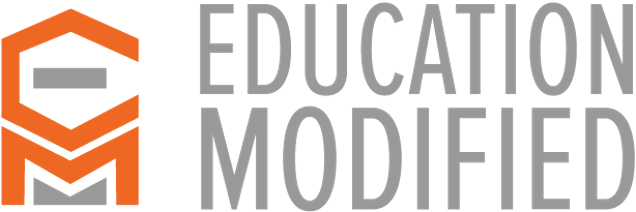IEP meetings are often a source of stress for everyone, and often feel ineffective, falling flat of their intention to provide a collaborative plan based on the needs of an individual student. In 2020, let’s change that narrative.
Here are four ways administrators can make IEP meetings positive, productive, synergistic, and data-driven to give each student exactly what they need, and what they are entitled to.
-
Establish norms for IEP meetings.
At IEP meetings where multiple stakeholders are coming together, it is crucial that everyone be on the same page. Establishing school-wide norms for IEP meetings will help all staff members effectively communicate with parents and students (and each other). You can use this free resource as a guide to begin establishing your IEP Meeting Policies.
It is important that all team members know not only what will be discussed, but how it will be discussed. Set expectations for the tone and dynamic of the meeting. We also advise including para-professionals in these meetings to leverage their deep professional memory of a student- this empowers them and holds them accountable. We also recommend avoiding the drop-in IEP meeting, where some members pop-in, quickly discuss the student’s progress in their class, and then leave. Create a policy where all members must stay for the entirety of the meeting. As a result, you’ll run a focused IEP meeting that is centered on students.
-
Provide access to job-embedded professional development.
According to a state of special education report by the Council for Exceptional Children, special educators highlighted that their biggest concern was that they did not feel their general education teachers or paraprofessionals were well-prepared to teach students with disabilities. Yet, 2015 data from the National Center for Education Statistics show 62.5% of all students with disabilities spend most of their day in the general education classroom. So general education staff, and the para-professionals who support them, need to know how to work with students with disabilities.
And they need this in order to be effective, valuable contributors to IEP meetings. But in order to be truly effective in the IEP process, they must also be knowledgeable of the IEP itself. Consider a chunked, sustained model of professional development that takes place over a year, rather than a one-and-done, to maximize efficacy:
Create 3-5 short (20min. or less) PD sessions that cover where to find a child’s testing accommodations, how to access data on this student’s progress, where can they contribute their own knowledge, your preferred method of how to communicate regarding students with special needs, building-wide best practices for specific disabilities, and where general ed teachers & para professionals should be collecting data.
*At Education Modified, we have thought this through for your building, let us know if you need help!
-
Include your special educators to self-audit your progress monitoring programs.
Many schools have ad-hoc progress monitoring systems in which teachers are all sort of doing their own thing. This makes it difficult to gather data to support discussions in IEP meetings. Or schools require teachers to use programs purchased by the district, yet they might not be the most user-friendly. Special education teachers are often responsible for monitoring whether students meet IEP goals, and many we speak with have created and hacked their own systems for doing so to make it most efficient for them.
We recommend doing an evaluation of the current systems and include special ed teachers in this process. Analyze how your special ed teachers are collecting, monitoring and sharing data now, and get their feedback to streamline these processes and evaluate the tools they are using. Ask them what would be the easiest way to consolidate data for IEP meetings, and how they recommend including and presenting this data in meetings.
Every school must ensure that special education teachers have the resources and knowledge they need to effectively and informatively monitor progress, and show that to parents during the IEP meeting.
-
Enhance common planning time.
We all know the value of common planning time for all teachers, not just co-teaching teams. But how do you make this most of this time? We recommend having a clear goal and system for all common planning times- for both co-teaching teams and grade level teams. Create a system that has a goal for review, as well as how to document what was happening in those meetings.
For example, when do your co-teaching teams review progress monitoring data for IEP goals and objectives? Well, if your co-teaching teams are meeting every day at 4pm, maybe on Fridays they review goals for a certain case load of students. Effective IEP goals — the goals that detail what the student should accomplish over the next year — should be derived from data and progress monitoring throughout the year. If your teams aren’t reviewing progress throughout the year, then they won’t know if their instructional strategies are working.
Next, when are your teams discussing what instructional strategies are working for individual students? Maybe if your grade levels are meeting on Mondays each week, the first Monday of every month they are reviewing instructional strategies, Tier 1 interventions and classroom accommodations for special populations and documenting it. This can then be easily referred to for IEP meetings, knowing all team members have contributed. Having set goals and systems for documenting what happens in common planning time can be a game-changer for IEP meetings.
We hope that these tips can help administrators ensure IEP meetings are constructive and a good use of staff’s, parents’ and students’ time. Let us know if you have questions, we’d love to hear from you.





